Ship to: Update
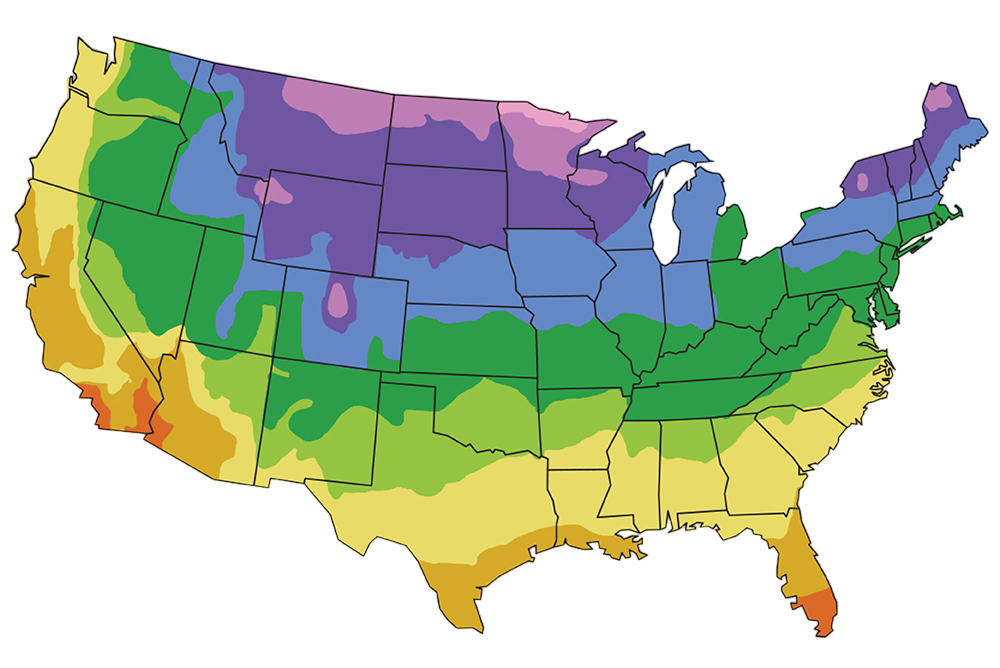
Plants Filter
Current Filters
Mature Height
Plant Type
Ferns

Beautiful Wood Fern
Out of Stock
30% Off
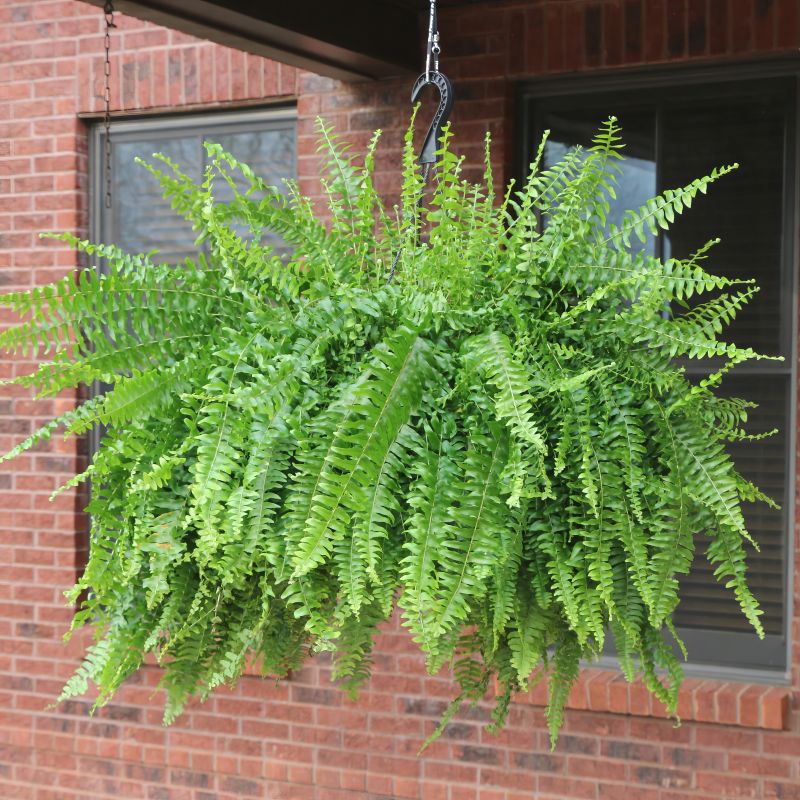
Boston Fern Hanging Basket
Out of Stock
30% Off
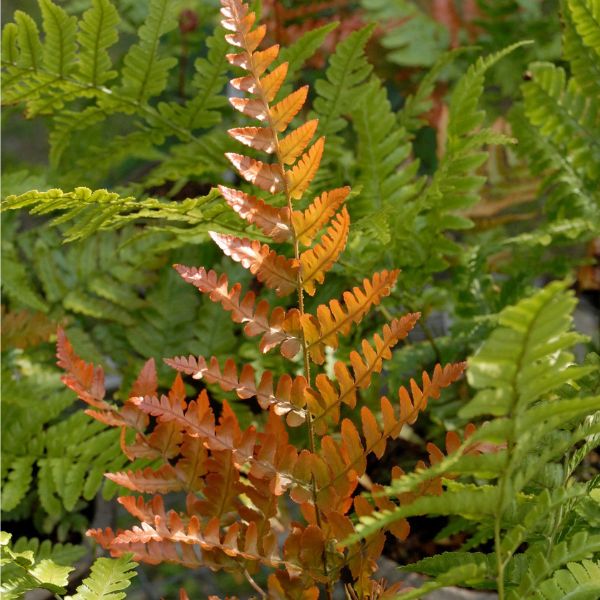
Brilliance Autumn Fern
Out of Stock
30% Off
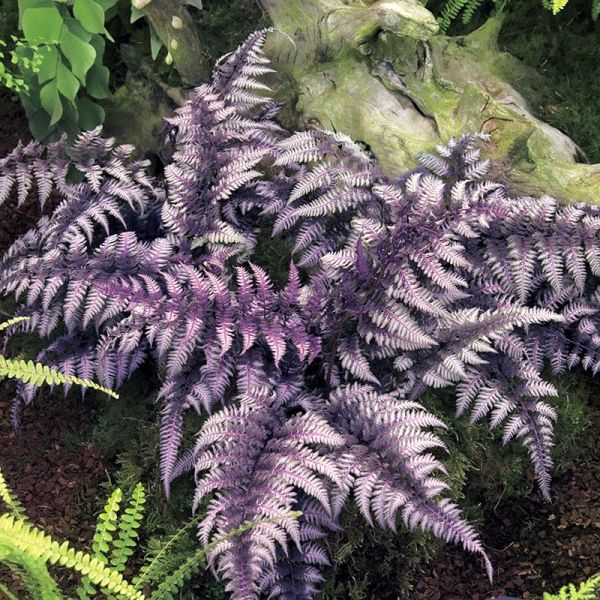
Burgundy Lace Painted Fern
Out of Stock
30% Off
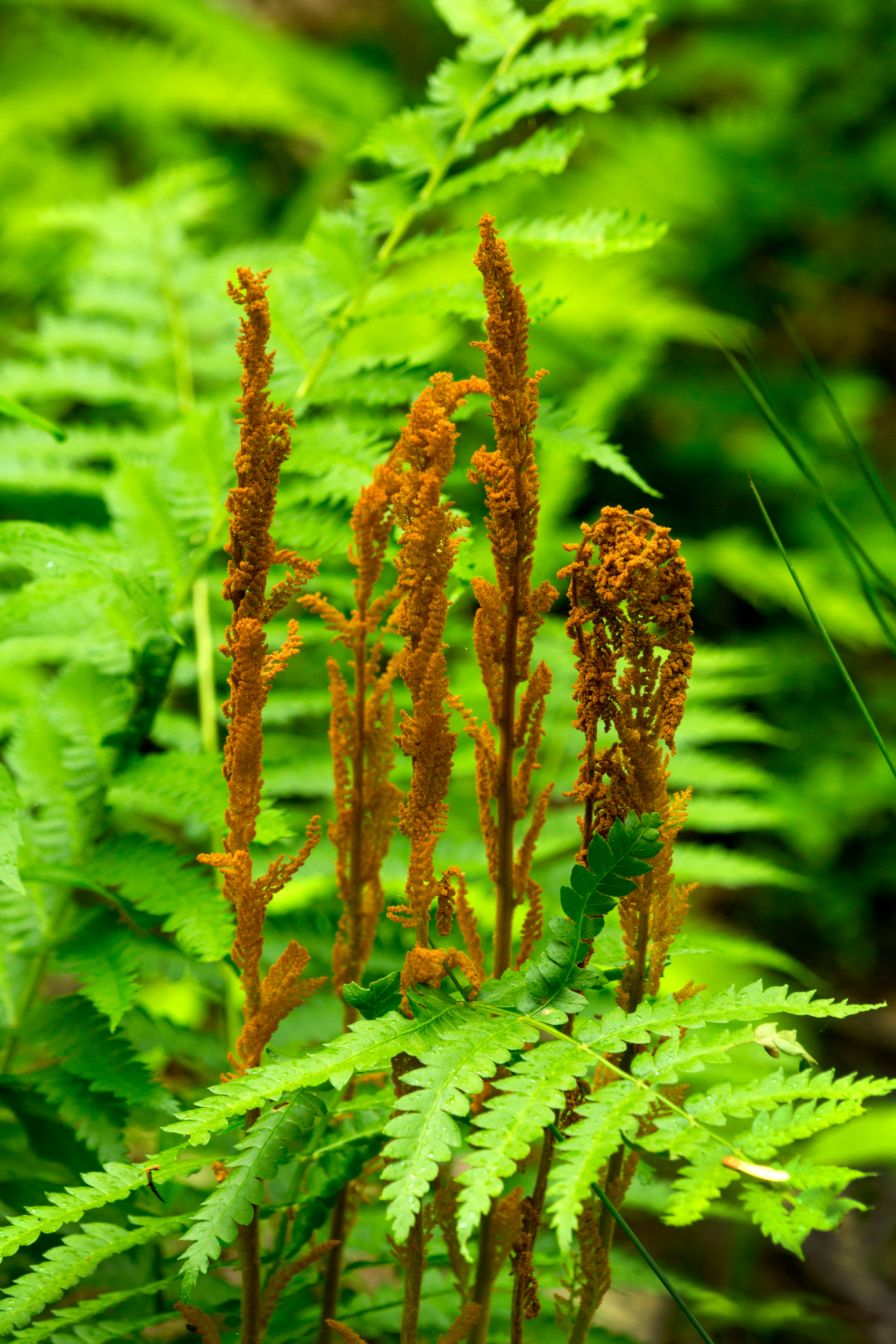
Cinnamon Fern
Out of Stock
30% Off
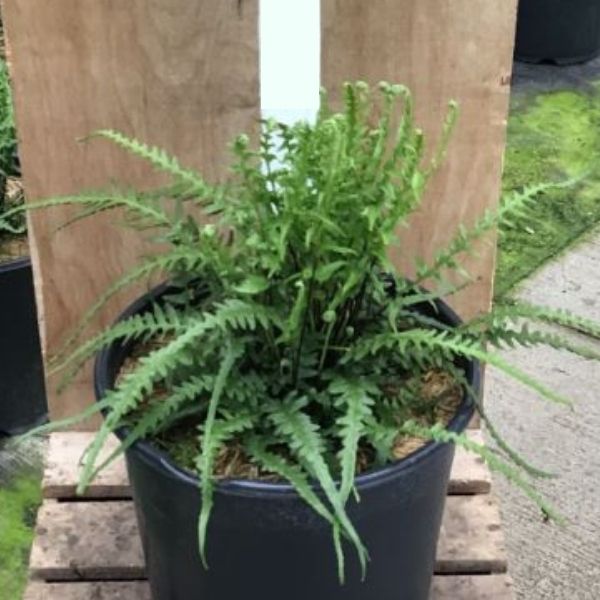
Dragontail Fern
Out of Stock
30% Off
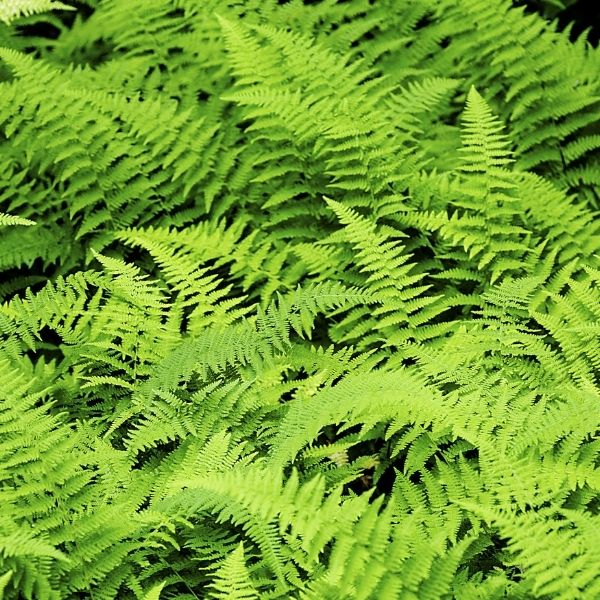
Hayscented Fern
Out of Stock
30% Off
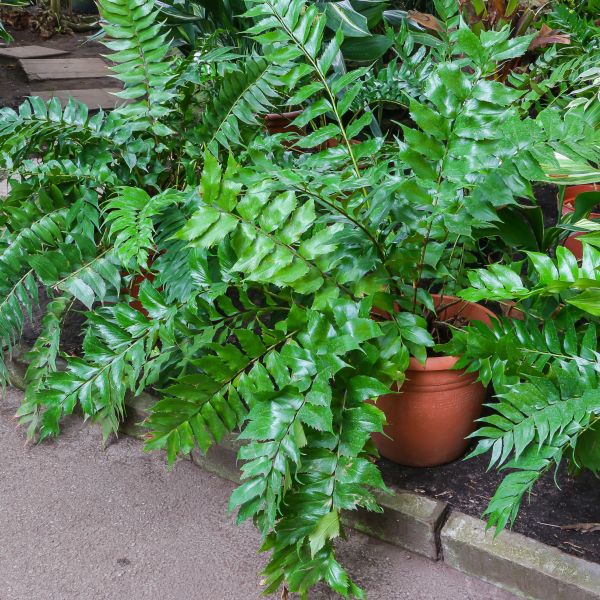
Japanese Holly Fern
Out of Stock
30% Off
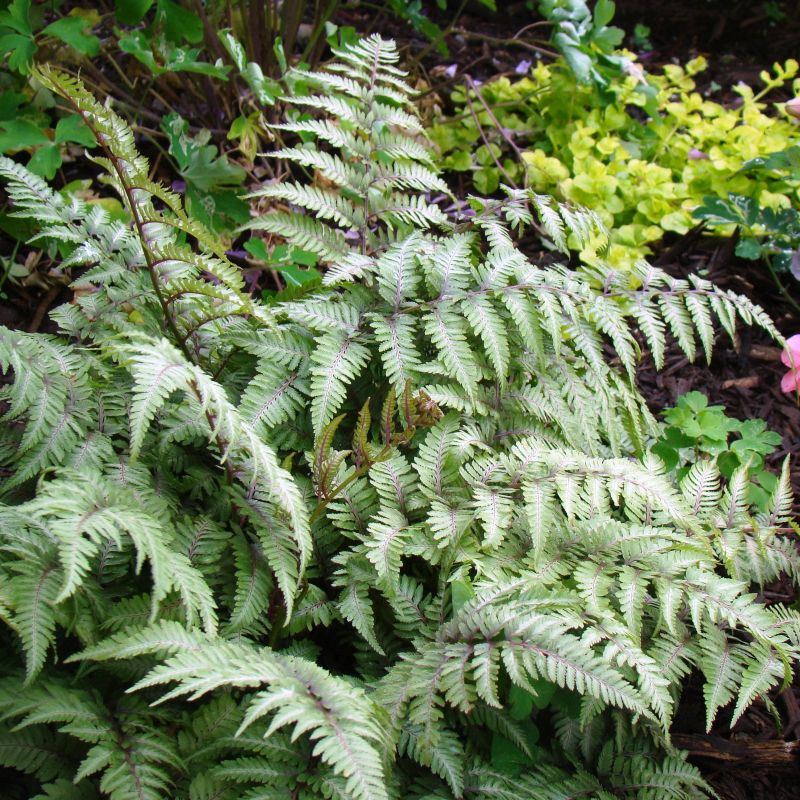
Japanese Painted Fern
Out of Stock
30% Off
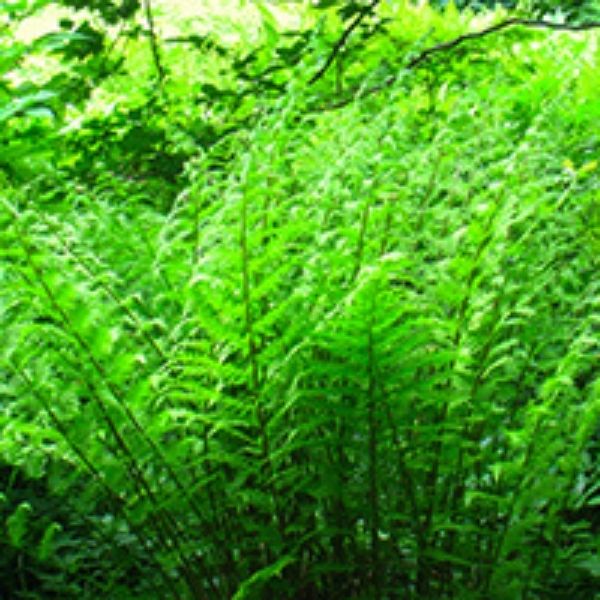
Lady Fern
Out of Stock
30% Off
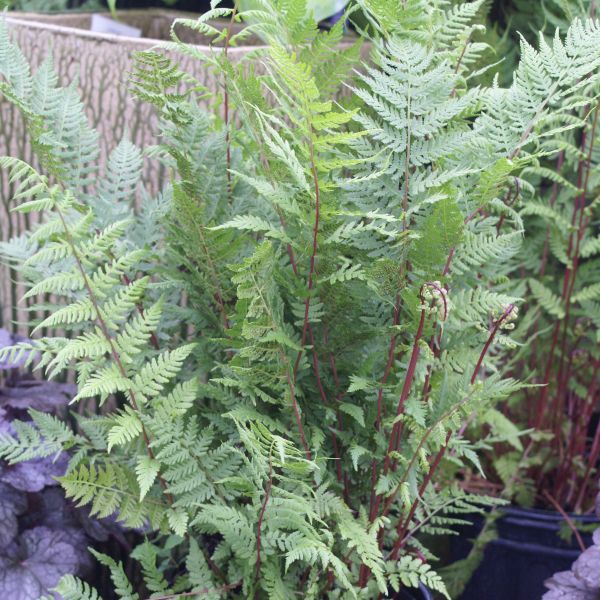
Lady in Red Fern
Out of Stock
30% Off
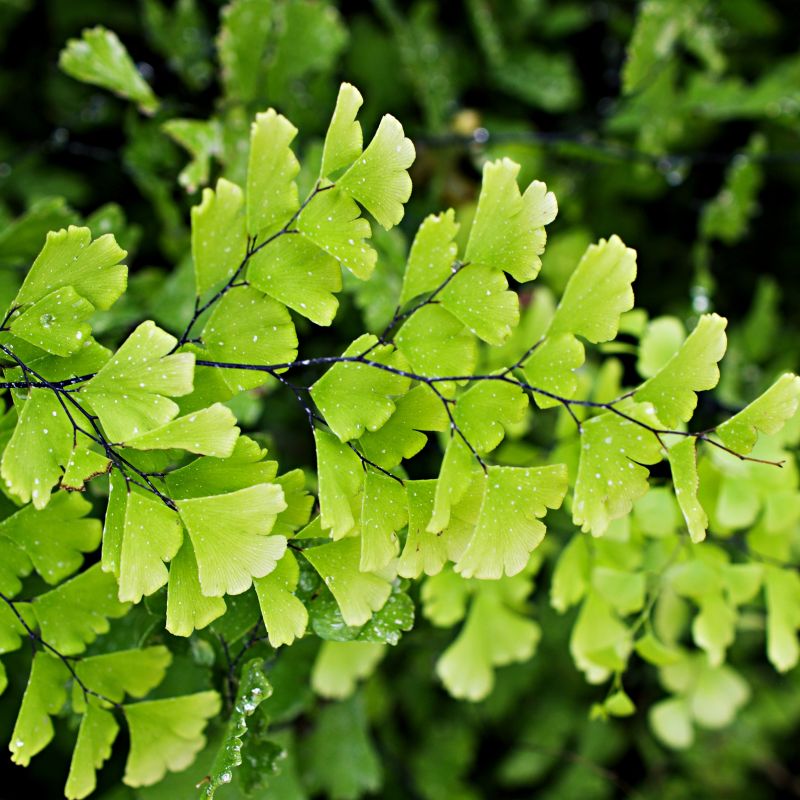
Maiden Hair Fern
Out of Stock
30% Off
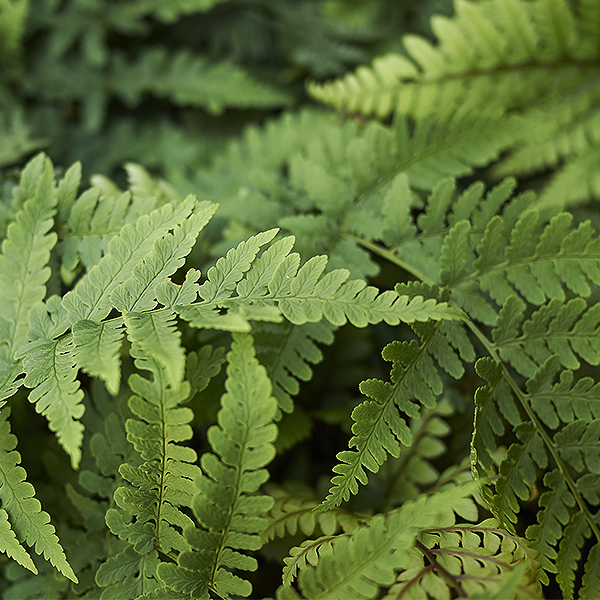
Marginal Wood Fern
Out of Stock
30% Off

Ostrich Fern
Out of Stock
30% Off

Staghorn Fern
Out of Stock
30% Off

Tassel Fern
Out of Stock
30% Off
Ferns
Ferns are a diverse group of vascular plants that belong to the Pteridophyta division. They are one of the oldest types of plants on Earth, with a history dating back millions of years. Ferns do not produce flowers or seeds; instead, they reproduce through spores, which are tiny, dust-like structures found on the underside of their fronds (leaves). Ferns are known for their distinct, feathery or lacy foliage and their ability to thrive in shady and moist environments.

Common Types of Ferns: There are thousands of fern species, but some common and popular ones include:
- Boston Fern (Nephrolepis exaltata): Known for its arching fronds with a feathery appearance. Often used as a houseplant or in hanging baskets.
- Maidenhair Fern (Adiantum spp.): Recognized by its delicate, fan-shaped leaflets that appear in a finger-like pattern.
- Sword Fern (Polystichum munitum): Named for its sword-shaped fronds and is commonly found in forests and woodland areas.
- Bird's Nest Fern (Asplenium nidus): Has large, wavy fronds that create a nest-like appearance, often grown as a houseplant.
- Japanese Painted Fern (Athyrium niponicum): Notable for its unique silvery-gray fronds with purple veins.
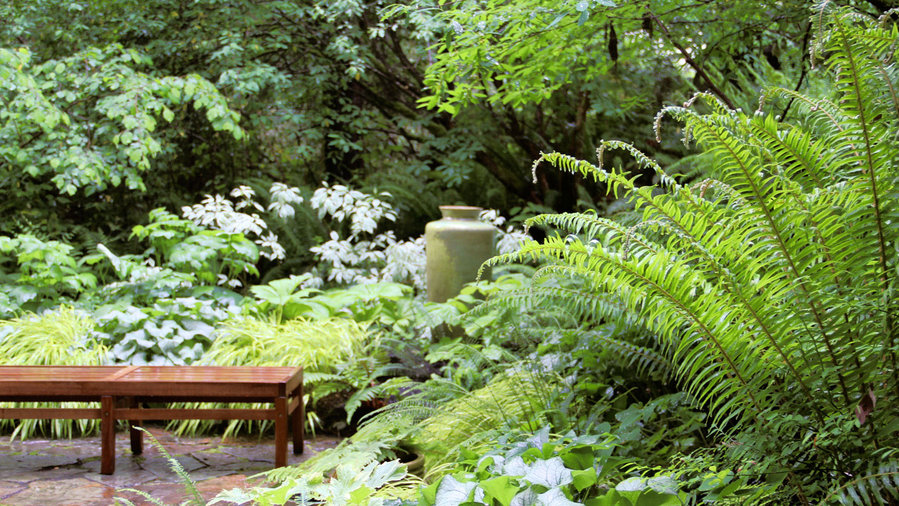
Care Tips:
- Light: Most ferns prefer indirect or filtered light and do well in shady or partially shaded areas. Avoid placing them in direct sunlight, as it can cause their leaves to scorch.
- Soil: Ferns prefer well-draining, moisture-retentive soil with plenty of organic matter. A mix of peat moss, compost, and perlite can be suitable.
- Watering: Ferns like consistently moist soil, but avoid waterlogging. Water them thoroughly when the top inch of soil feels dry to the touch.
- Humidity: Many ferns appreciate high humidity levels. You can increase humidity by misting the fronds or placing a tray of water nearby.
- Temperature: Ferns typically prefer moderate temperatures, ideally between 60°F to 75°F (15°C to 24°C). Avoid exposing them to extreme temperature fluctuations.
- Fertilization: Feed ferns with a balanced liquid fertilizer once a month during the growing season (spring to early fall) to support healthy growth.
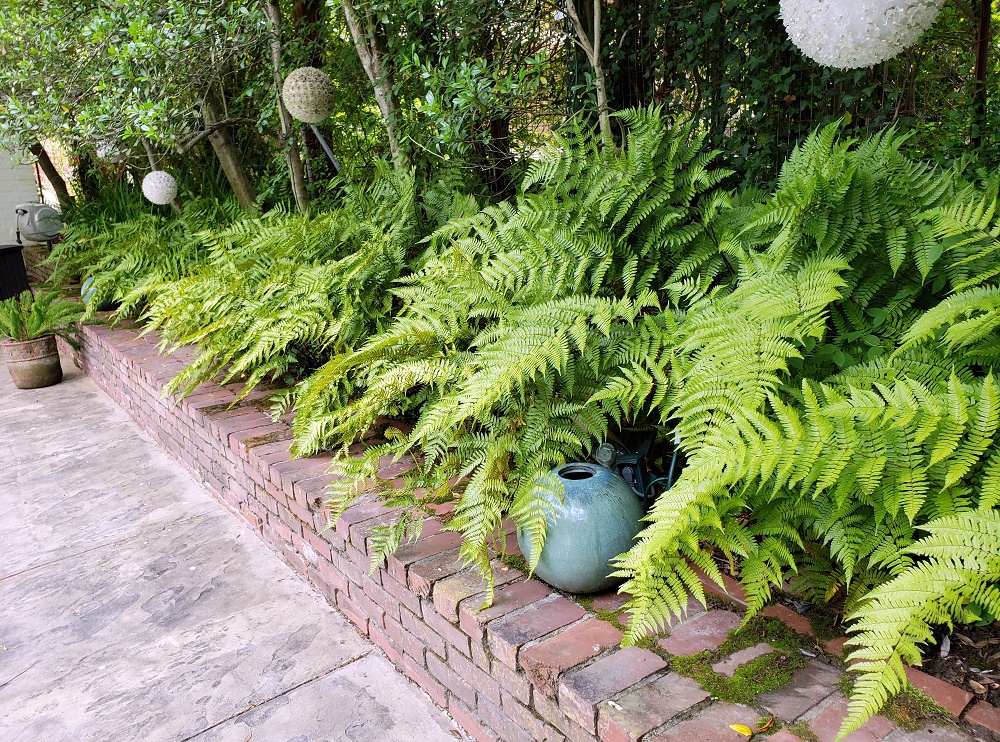
Uses:
- Indoor Houseplants: Many fern varieties make attractive and low-maintenance houseplants, adding a touch of greenery to indoor spaces.
- Garden Borders and Shade Gardens: Ferns are often used as part of garden borders or in shade gardens, providing a lush and textural contrast to other plants.
- Landscaping: Ferns are popular choices for adding greenery and visual interest to shaded or woodland areas in the landscape.
- Erosion Control: Certain fern species are used for erosion control on slopes and in areas with poor soil conditions.
Ferns are beloved for their elegant and delicate appearance, adding a touch of natural beauty to various settings. Whether grown indoors as houseplants or outdoors in shaded garden spaces, ferns bring a sense of tranquility and lushness to any environment. Their adaptability and wide range of sizes and shapes make them a favorite choice for nature lovers and garden enthusiasts worldwide.
Item has been added to your cart.

